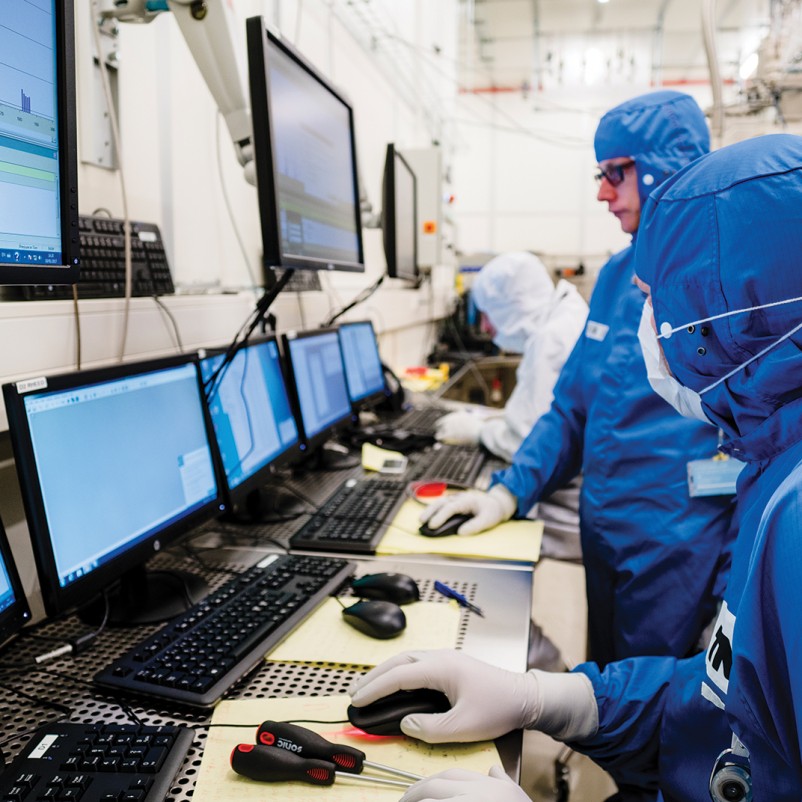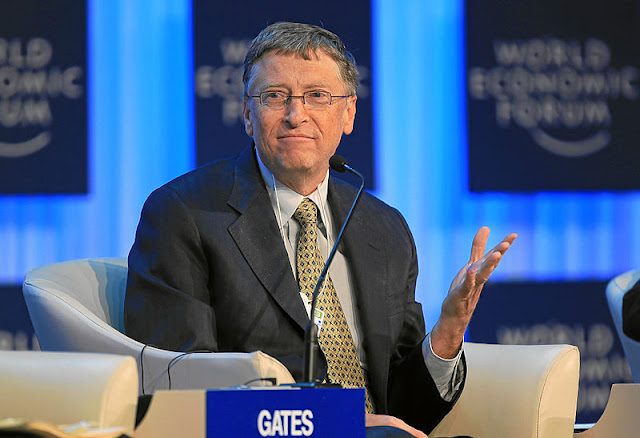Practical Quantum Computers.

Practical Quantum Computers.
Advances at Google, Intel, and several research groups indicate that computers with previously unimaginable power are finally within reach.
some of the world’s most advanced work on quantum computing, however, it's like associate HVAC testing facility. tucked away in a very quiet corner of the applied sciences building at the earthenware University of Technology, the area is empty individuals. droning with resonant waves as if occupied by a swarm of electrical katydids, it's littered with tangles of insulated tubes, wires, and management hardware erupting from fragmentation bomb cylinders on 3 and 4 legs.
Inside the blue cylinders—essentially supercharged refrigerators—spooky quantum-mechanical things are happening wherever nanowires, semiconductors, and superconductors meet at simply a hair on top of temperature. It’s here, down at the bounds of physics, that solid materials create alleged quasiparticles, whose uncommon behaviour provides them with the potential to function the key parts of quantum computers. And this science lab above all has taken huge steps toward finally conveyance those computers to fruition. in very few years they may rewrite coding, materials science, pharmaceutical analysis, and computing.

Every year quantum computing comes up as a candidate for this Breakthrough Technologies list, and each year we have a tendency to reach a similar conclusion: not nonetheless. Indeed, for years qubits and quantum computers existed primarily on paper, or in fragile experiments to work out their feasibleness. (The Canadian company D-Wave Systems has been commerce machines it calls quantum computers for a short time, employing a specialised technology known as quantum tempering. The approach, sceptics say, is at the best applicable to an awfully affected set of computations and may provide no speed advantage over classical systems.) This year, however, a raft of antecedently theoretical styles are literally being designed. additionally new this year is that the increased handiness of company funding—from Google, IBM, Intel, and Microsoft, among others—for each analysis and therefore the development of varied technologies required to really build an operating machine: electronics, complicated circuits, and management code.

The project at earthenware, crystal rectifier by Leo Kouwenhoven, an academic UN agency was recently employed by Microsoft, aims to beat one amongst the foremost long-standing obstacles to putting together quantum computers: the actual fact that qubits, the fundamental units of quantum data, ar extraordinarily at risk of noise and thus the error. For qubits to be helpful, they have to deliver the goods each quantum superposition (a property one thing like being in 2 physical states simultaneously) and trap (a development wherever pairs of qubits are joined so what happens to 1 will instantly have an effect on the opposite, even once they’re physically separated). These delicate conditions are simply upset by the slightest disturbance, like vibrations or unsteady electrical fields.
People have long wrestled with this downside in efforts to make quantum computers, that might create it potential thereforelve|to unravel|to resolve} issues so complicated they exceed the reach of today’s best computers. however currently Kouwenhoven and his colleagues believe the qubits they're making might eventually be inherently protected—as stable as knots in a very rope. “Despite deforming the rope, propulsion on that, whatever,” says Kouwenhoven, the knots stay and “you don’t amendment the data.” Such stability would permit researchers to proportion quantum computers by considerably reducing the procedure power needed for error correction.
Kouwenhoven’s work depends on manipulating distinctive quasiparticles that weren’t even discovered till 2012. And it’s only one of many spectacular steps being taken. within the same science lab, Lieven Vandersypen, backed by Intel, is showing, however, quantum circuits are often factory-made on ancient semiconductor wafers.
Quantum computers are going to be significantly suited to resolving giant numbers (making it simple to crack several of today’s coding techniques and possibly providing uncrackable replacements), finding complicated optimisation issues, and corporal punishment machine-learning algorithms. And there'll be applications no one has nonetheless visualized.
Soon, however, we'd have a far better plan of what they'll do. Until now, researchers have designed absolutely programmable five-qubit computers and a lot of fragile 10- to 20-qubit check systems. Neither reasonably machine is capable of a lot of. however, the top of Google’s quantum computing effort, Hartmut Neven, says his team is on course to make a 49-qubit system by as before long as a year from currently. The target of around fifty qubits isn’t associate whimsical one. It’s a threshold, called quantum ascendancy, on the far side that no classical mainframe would be capable of handling the exponential growth in memory and communications information measure required to simulate its quantum counterpart. In alternative words, the highest mainframe systems will presently do all a similar things that five- to 20-qubit quantum computers will, however at around fifty qubits this becomes physically not possible.
All the educational and company quantum researchers I spoke with in agreement that somewhere between thirty and a hundred qubits—particularly qubits stable enough to perform a large vary of computations for extended durations—is wherever quantum computers begin to own business worth. And as before long as 2 to 5 years from currently, such systems are seemingly to be purchasable. Eventually, expect 100,000-qubit systems, which is able to disrupt the materials, chemistry, and drug industries by creating correct molecular-scale models potential for the invention of latest materials and medicines. And a million-physical-qubit system, whose general computing applications are still troublesome to even fathom? It’s conceivable, says Neven, “on the within of ten years.”


Comments
Post a Comment